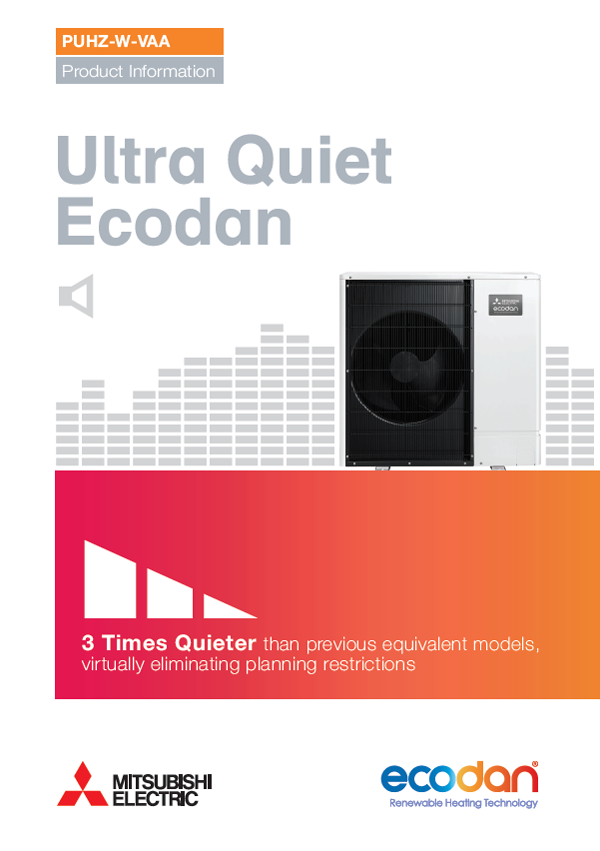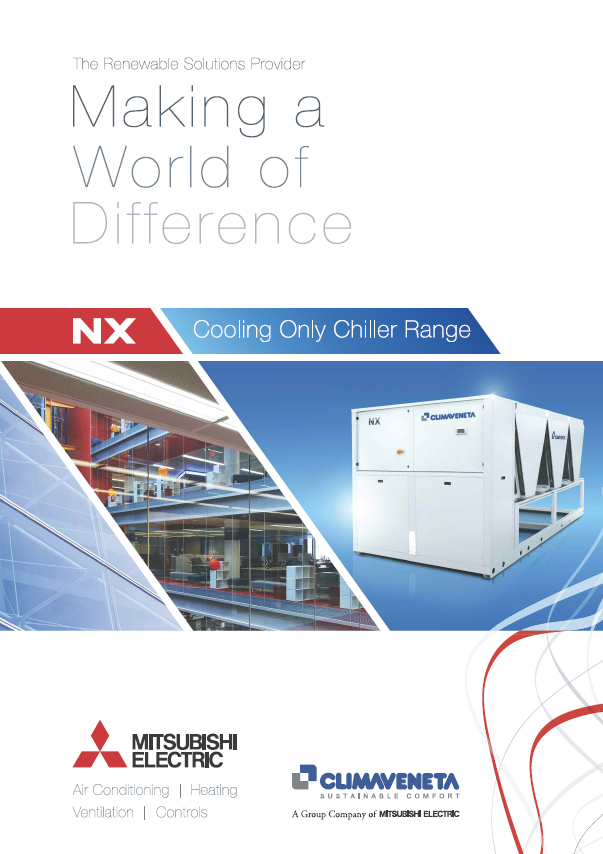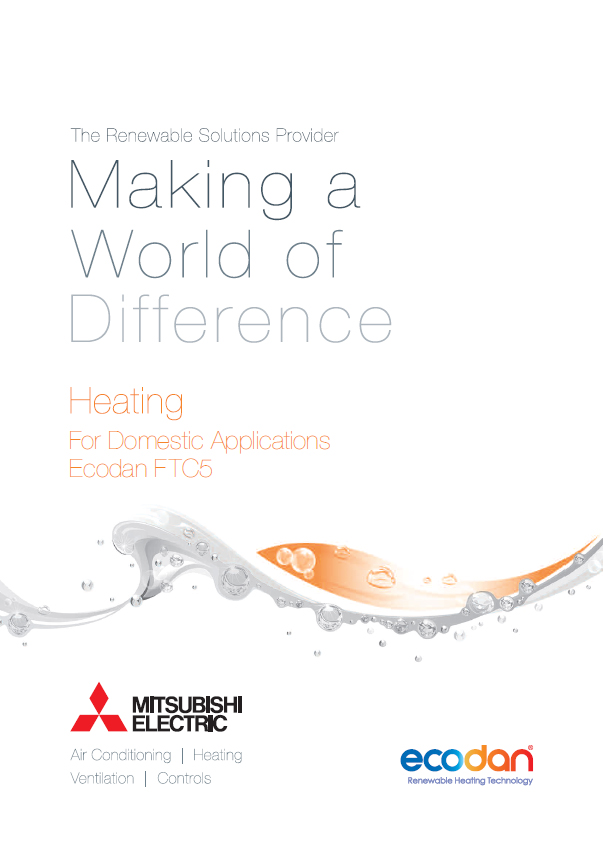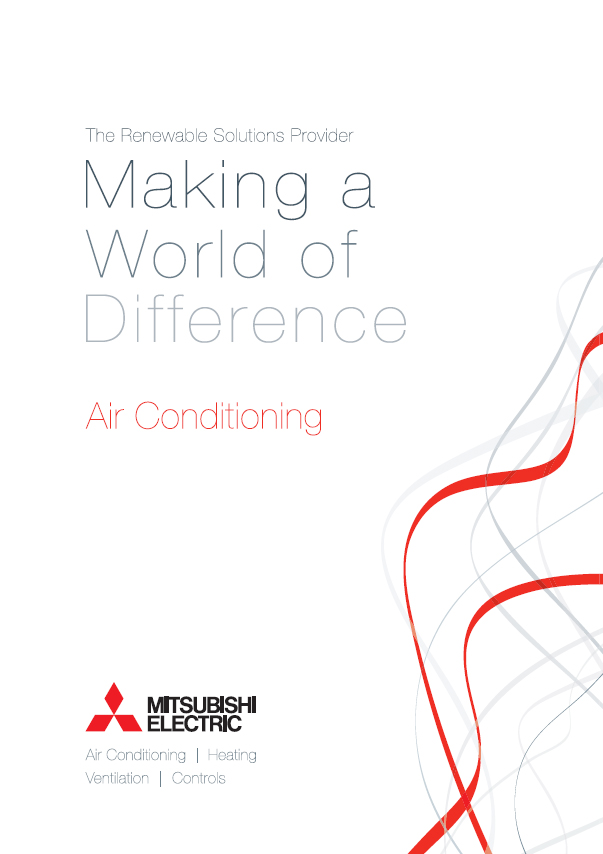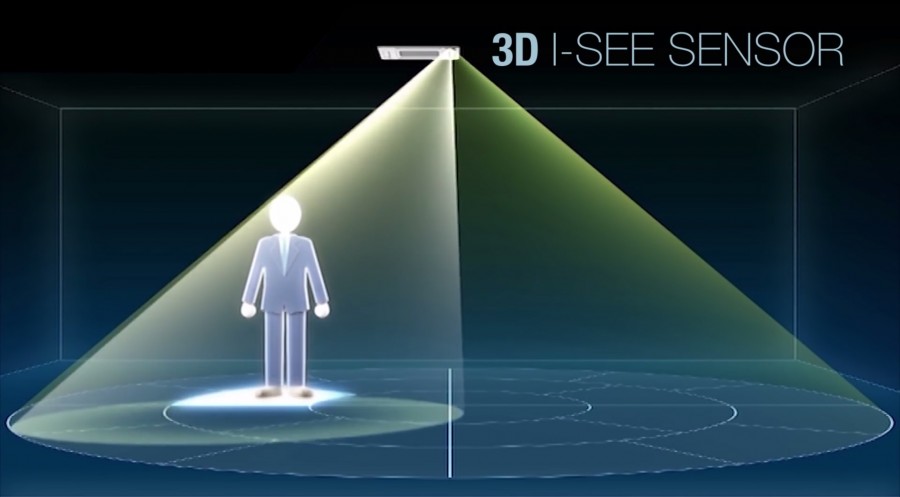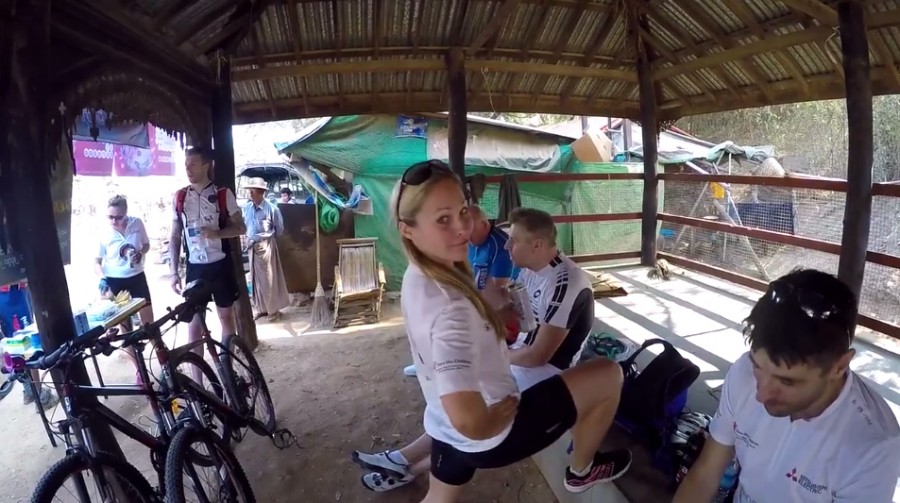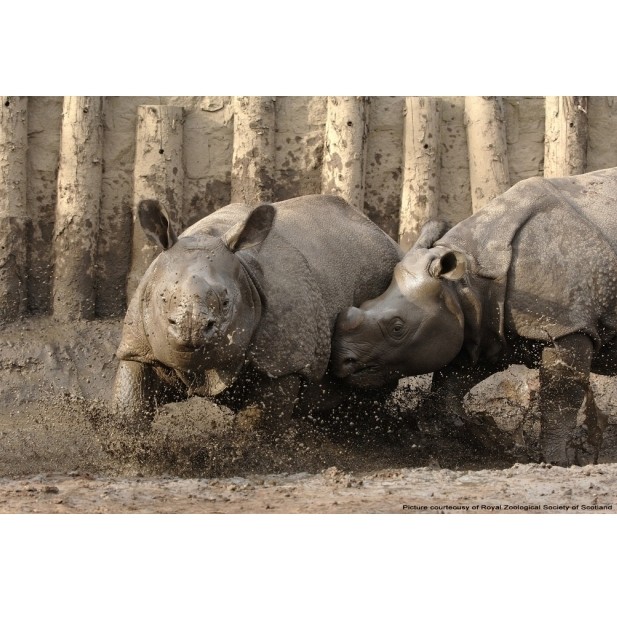
Two young males in Scotland are now enjoying renewable heating for their swimming pool with the installation of four Ecodan air source heat pumps to heat their indoor pool.
These are males with a difference though, as Samir and Bertus are one-horned Indian rhinos at Edinburgh Zoo, which has been examining ways of keeping its animals comfortable whilst reducing both fuel bills and overall carbon emissions.
In the case of the rhino pool, the Zoo previously had in place an older, less-efficient gas boiler that was coming to the end of its life.
Working with heat pump manufacturer, Mitsubishi Electric, Edinburgh Zoo, and the rhinos, are now the proud owners of an Ecodan renewable air source heat pump system, which will help reduce both running costs and emissions by around 30 per cent.
The Ecodan cascade system will also qualify for the non-domestic RHI which could see Edinburgh Zoo receiving around £4,000 per year for the next 20 years.
Four 8.5kW Ecodan heat pumps now provide renewable heating to the indoor rhino pool, with the units working in a cascade system to offer reliable heating all year round, regardless of the outdoor temperature. The Ecodan units work with a ‘tube and tube’ heat exchanger specially designed to work with and maintain the lower temperatures that enable the heat pumps to be so efficient.
The pool is approximately 4m x 4m, and around half a metre deep and the complete system was installed by Lothian Gas who are working closely with Mitsubishi Electric’s factory in nearby Livingston, where the units are manufactured.
Lothian Gas is Edinburgh's leading Gas, Heating and Maintenance Engineers and the company calculated the heat load for the pool at 30kW so has installed a 40kW capacity system.
The company has also installed a Grundfos pump between the Ecodan and the tube in tube system to circulate water around the network and ensure that the heat exchanger doesn’t diminish the response time of the heat pump system. The Ecodan units work in tandem and offer full robust back up and rotate to maximise efficiency.
Mitsubishi Electric has worked closely with both Lothian Gas and Edinburgh Zoo on the installation, and the factory is also helping Lothian gas with on-going training. Mitsubishi Electric is also assisting on the inclusion of SD card monitoring which will allow full energy monitoring on site to help qualify for RHI.
The units were commissioned at the beginning of November and have already met with the seal of approval from Samir and Bertus, who continue to readily swim and wade in the warm water.
The two rhinos are firm friends even though male rhinos are usually solitary. They can often be spotted playing with various forms of rhino enrichment, including large balls, tractor tyres and logs.
Both one-horned Indian rhinoceros (Rhinoceros unicornis) were born in 2008, with Samir arriving from Stuttgart Zoo in Germany in May 2010 and Bertus coming to Edinburgh Zoo in June 2010 from Rotterdam Zoo. The Greater one-horned Rhinoceros has an IUCN Red List status of Vulnerable (for more information on classifications visit www.iucnredlist.org).
When fully mature at around six or seven years old, it is likely that they will be paired with potential mates at other homes in Europe as part of the European Endangered Species Programme (EEP).
In the wild, greater one-horned rhinos can be found in Assam, India and over the border into Nepal. They inhabit tall grass forests, but increasingly they have to use more cultivated land as man has encroached on their habitat. Their population has been decimated through poaching with only pockets of them remaining in the wild in India and Nepal.
The species was on the brink of extinction during the early 1900s, with only approximately 200 individuals remaining. Through conservation efforts the population has since risen to approximately 2,575, which is still dangerously low.
Habitat destruction, sport hunting and poaching have been the three biggest causes for their dwindling population, with rhino horns continuing to fetch an expensive price through the black market.
The rhino enclosure at Edinburgh Zoo is near Penguins Rock and the Discovery and Learning Centre and has both indoor and outdoor viewing areas.
The current enclosure was renovated from a giraffe enclosure in 2006 and has been specially adapted to cater for the rhino’s needs – there are mud walls and soft bark on the ground as the rhinos walk on soft surfaces. It features two pools, an outdoor one and the heated indoor one which is kept at a temperature between 28 and 30 degrees Celsius. Both rhinos love bathing in water, especially as this species is more aquatic than others and readily swim and wade.
The entire project is part of Edinburgh Zoo’s renewable and carbon reduction strategy, with the results being monitored to help the organisation decide on the best way to use renewable heating across the complex.











